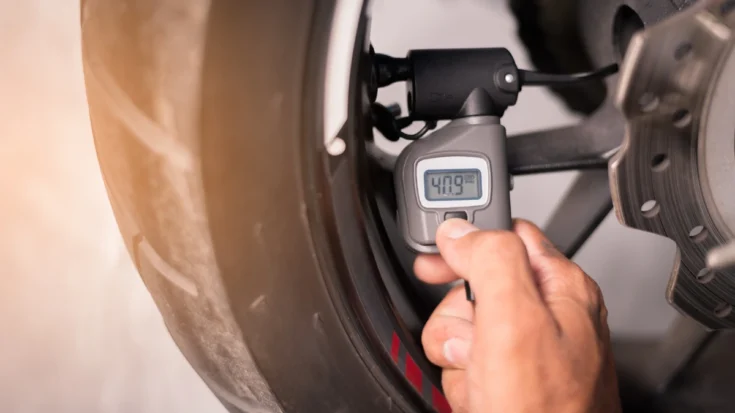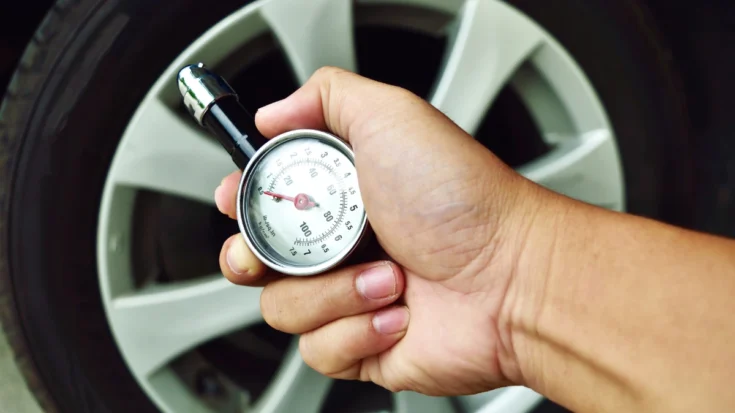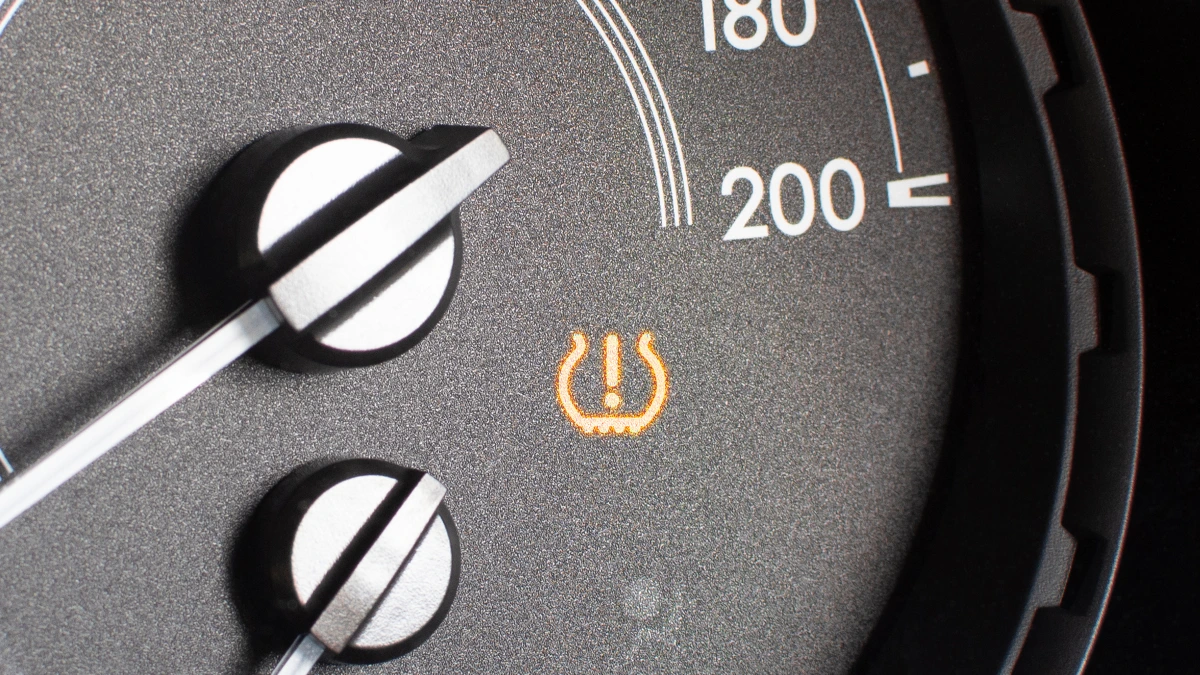Along with technology development, the Tire Pressure Monitoring System (TPMS) is designed for vehicle safety.
TPSM comes as an answer to the need for regular tire pressure checks that affect vehicle performance and can also be one of the causes of road accidents due to reduced or non-ideal air pressure in the tires.
This is where TPSM comes in as an electronic system that indicates and monitors the air pressure inside all pneumatic tires on a vehicle. This system provides a real tire pressure report to the driver either through the screen or other warning lights.
Also Read
To know more about TPSM, let’s take a look at the definition, workings, functions, and types.
Table of Contents
Tire Pressure Monitoring Systems (TPMS) Definition

TPMS is a sophisticated technology that monitors the air pressure in your vehicle’s tires by utilizing sensors.
This system will immediately provide a warning sign when the tire pressure is not by the specified standard.
This system allows the driver to immediately see and know the problem that occurs while in the cabin through warnings that usually appear in the form of indicator lights on the instrument panel.
How Tire Pressure Monitoring Systems (TPSM) Works?

TPMS works by using sensors mounted on each tire. These sensors measure the air pressure and temperature inside the tire and then send the data to the vehicle’s main computer.
The TPMS sensor then works by providing a light indicator on your car’s dashboard MID to indicate that your tires are underinflated, which will lead to improper tire wear.
There are two main types of TPSM based on how it works:
Direct TPSM
Direct TPSM provides pressure information that is sent back in real-time via tire pressure sensors in the tire or valve. This information is sent to the on-board computer for display on your dashboard.
Indirect TPSM
Indirect TPSM works by measuring tire pressure calculated by the Tire Pressure Monitoring System based on wheel rotation speed, which is also used by ABS (Anti-lock Braking System) and ESP (Electronic Stability Program).
The rotation speed increases when the wheel diameter decreases due to under pressure. The information is then sent to the dashboard by the TPMS.
The Function of TPSM

The main function of the car TPMS is to monitor all car tires. By knowing the tire pressure, the owner can find out the condition of the car tires more quickly if there is a problem. Here are some functions of the TPSM:
- Improve safety: By knowing the tire pressure condition in real-time, you can immediately take precautions before something more serious happens, such as a tire burst in the middle of a trip.
- Extends tire life: With TPMS, you can keep tire pressure consistent and within standards, so tires will wear evenly and have a longer lifespan, and ensure tires are always at their best for optimal performance.
- Save fuel: With TPSM, you can ensure tire pressure is always within the optimal range, which helps reduce friction and improve fuel efficiency, reducing the frequency of refueling.
- Reduced carbon emissions: Efficiency in fuel consumption results in reduced carbon emissions. Thus, the use of TPMS contributes to environmental conservation by reducing the carbon footprint of your vehicle.
- Saves maintenance costs: TMPS is able to detect problems early on so that you can take preventive action before more severe damage occurs to your tires, thus helping to save on overall maintenance costs.
Knowing how TPSM works, types, and functions, hopefully can help you choose the right system for your vehicle’s needs.
If you are a TPMS device distributor looking to enter the ASEAN market, using the Type Approval Certification Service for ITC Products is a necessary step. With their expertise and credibility, the certification process will be easier and faster. For the smooth running of your business, don’t hesitate to utilize their services!












